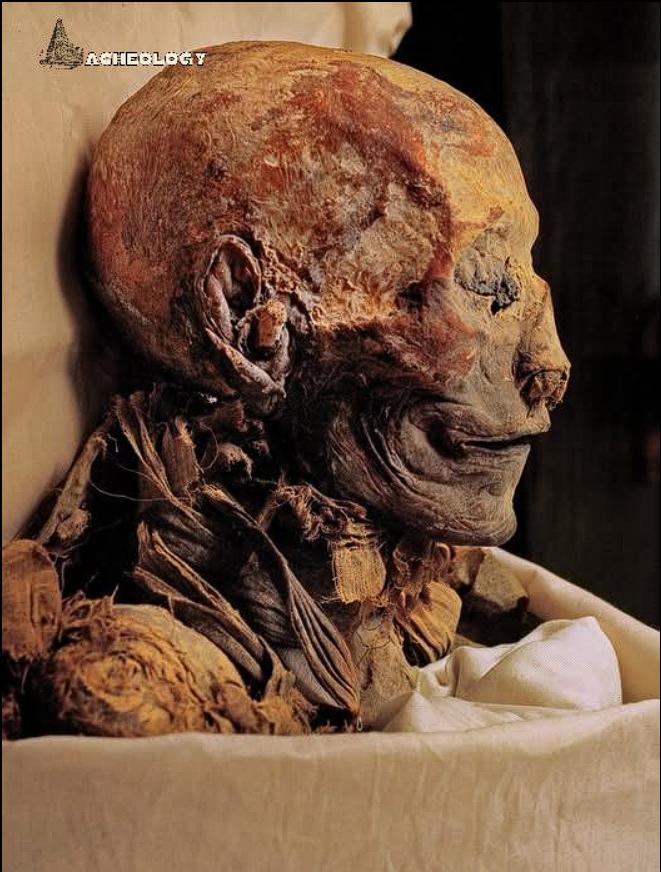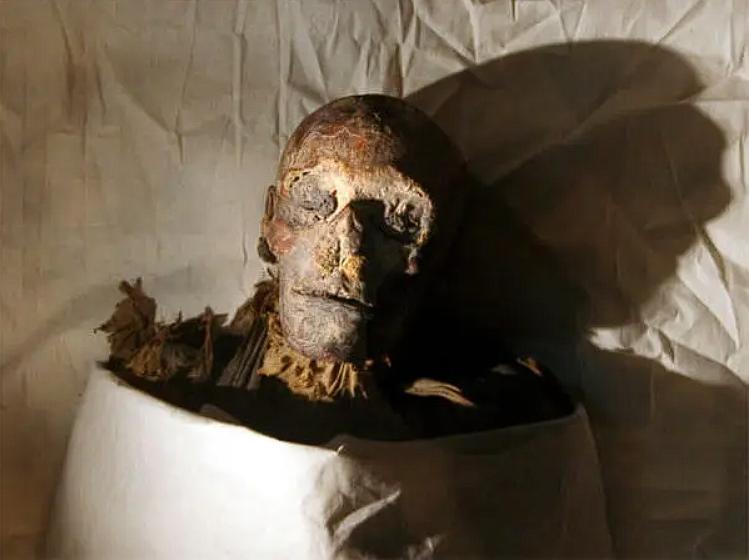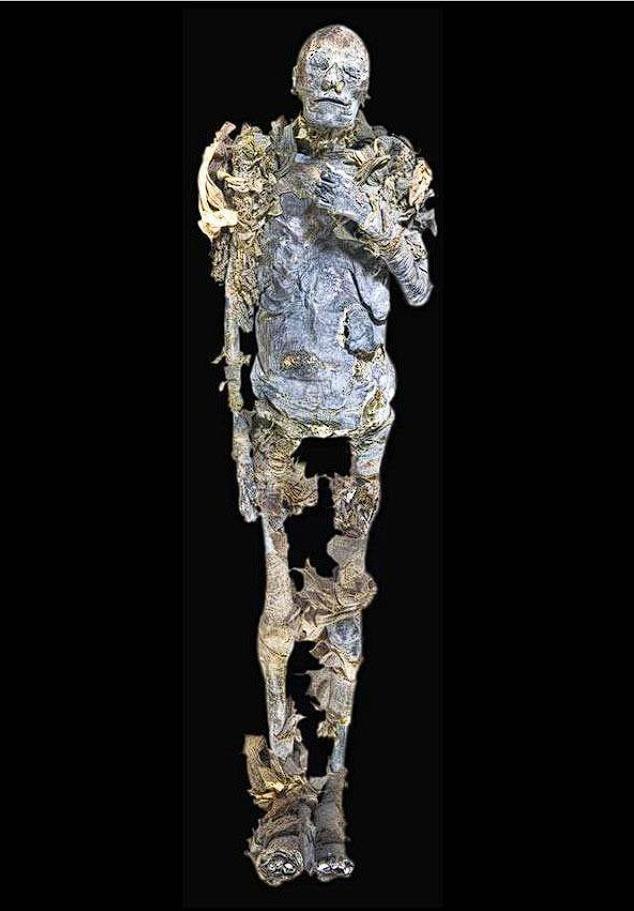The rediscovery of Hatshepsut’s mummy, after centuries of obscurity, marks a significant moment in Egyptian archaeology, shedding light on the life and death of one of ancient Egypt’s most formidable female pharaohs. Her journey from a lost queen to a rediscovered historical figure is a testament to the enduring power of scientific investigation and the enduring mysteries of the past.
The Enigma of a Missing Pharaoh:
Hatshepsut’s reign during the 18th Dynasty was a period of remarkable prosperity and achievement, yet her final resting place remained elusive for decades.
A Reign of Prosperity:
- Hatshepsut’s rule (1479–1458 BCE) was characterized by economic stability, monumental construction projects, and ambitious trade expeditions.
- Her leadership fostered an era of peace and prosperity, allowing Egypt to flourish and expand its influence.
- Her reign is known for its stability, and wealth, allowing for great cultural growth.
The Missing Mummy:
- Despite the extensive documentation of her tomb and statues, Hatshepsut’s mummy remained unaccounted for, fueling speculation and intrigue.
- The absence of her remains raised questions about her fate and the circumstances surrounding her death.
- The search for her mummy became a long and winding archaeological investigation.
An Unexpected Discovery:

- In the early 1900s, archaeologists discovered a mummy inside a tomb at Deir el-Bahari, originally intended for a nobleman.
- The identity of this toothless, elderly woman remained uncertain for decades, until advancements in scientific analysis provided answers.
- The finding of the mummy, was the start of a decades long mystery.
Scientific Revelation: Unmasking Hatshepsut:
The application of modern scientific techniques, including DNA testing and CT scans, finally solved the mystery of Hatshepsut’s mummy.
DNA Confirmation:
- DNA testing, conducted in the 2000s, provided conclusive evidence that the mummy was indeed Hatshepsut.
- Scientists matched her DNA with a lock of hair found in a small funerary box inscribed with her name, establishing a definitive link.
- This confirmation, was a monumental moment in archaeology.
CT Scan Analysis:

- CT scans revealed signs of bone cancer, suggesting that Hatshepsut may have succumbed to a debilitating illness in her later years.
- This discovery provided valuable insights into her health and the potential cause of her death.
- The CT scans, gave information about her life, and death, that would have been impossible to find otherwise.
The Erasure of Legacy:
- Some historians speculate that Hatshepsut’s successors attempted to erase her legacy, removing her name from monuments and concealing her body.
- This theory suggests a potential motive for the initial obscurity of her mummy and the efforts to diminish her influence.
- The attempt to erase her legacy, shows the political turmoil, that happened after her death.
Hatshepsut’s Enduring Legacy:
The rediscovery of Hatshepsut’s mummy has reignited interest in her life and reign, highlighting her significant contributions to ancient Egyptian history.
A Powerful Female Pharaoh:
- Hatshepsut’s reign challenged traditional notions of gender roles in ancient Egypt, demonstrating the potential for female leadership.
- Her successful rule and impressive achievements solidified her place as one of Egypt’s most influential pharaohs.
- Her success, challenged the traditions of the time.
A Symbol of Resilience:
- Hatshepsut’s story is a testament to resilience and determination, overcoming obstacles to achieve power and recognition.
- Her legacy continues to inspire and empower, particularly for women in leadership roles.
- Her story is one of overcoming great odds.
A Window into the Past:
- The rediscovery of her mummy provides a valuable window into the lives and beliefs of ancient Egyptians, shedding light on their funerary practices and medical knowledge.
- It underscores the importance of archaeological investigation in unraveling the mysteries of the past.
- The discoveries, help to further understand, the ancient Egyptian people.
The rediscovery of Hatshepsut’s mummy is more than just an archaeological triumph; it’s a testament to the enduring power of history and the ongoing quest to understand the complexities of ancient civilizations.

CÁC TIN KHÁC
Mary Walton: The Forgotten Inventor Who Helped Clean Up America’s Cities
Tomb of Queen Nefertari in the Valley of the Queens, Egypt
Discover the Hypostyle Hall of the Temple of Hathor at Dendera
Venus de Losange: Unveiling the Mystery of a 20,000-Year-Old Paleolithic Icon